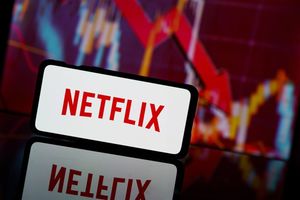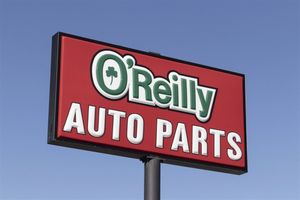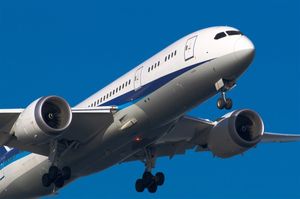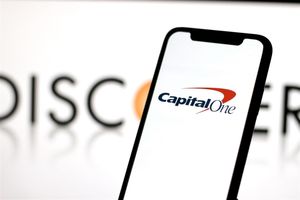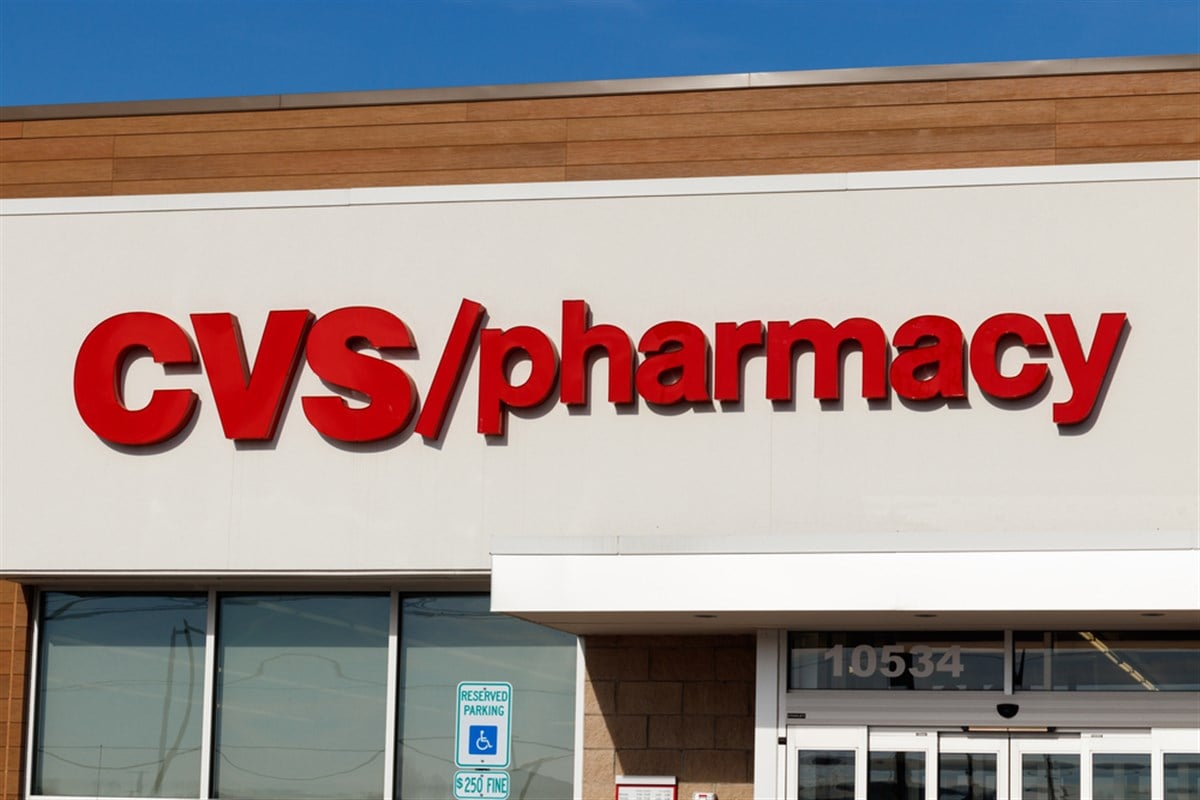
Stocks are often exposed to the emotional ups and downs of the market cycle, where investors tend to amplify bullish and bearish sentiment, reflecting these extremes in their price swings. What savvy investors can do is take advantage of these swings to the benefit of their wealth-building pursuits, also known as buying the dip. Today, three stocks stand out when scanning for price action.
CVS Health Co. (NYSE: CVS) is topping this list, trading at only 72% of its 52-week high price. It is followed by Nike Inc. (NYSE: NKE), which recently fell to 77% of its 52-week high price. Lastly, McDonald’s Co. (NYSE: MCD) has traded down to 85% of its 52-week high.
These stocks are big enough in their consumer discretionary and healthcare sectors. Their market capitalizations should be enough to keep these companies from falling to the low levels they have lost to today. Because of their recent discounts, they may soon be in the hands of those looking for solid brands to load onto their portfolios.
Why Free Cash Flow Matters More Than Ever in Today’s Economy
When the COVID-19 pandemic hit its peak months, the Federal Reserve (the Fed) was forced to lower interest rates to near zero to boost the economy through forced lockdowns. Because of cheap money and financing, the market has become complacent about taking on risk.
What media outlets may call a ‘risk on’ attitude created a false sense of ease for investors to profit in the markets, but that changes today. As the U.S. GDP growth rate was revised down to only 1.3% in the past quarter, a period that also saw inflation above 3%, the economy is now under a phenomenon called stagflation.
Defined as low economic growth along with high inflation, this environment calls for companies that can compound their capital reliably and predictably, which is where free cash flow (operating cash flow minus capital expenditures) comes into play, as it isn’t as easily manipulated as net income on a company’s financial statement.
How CVS Stock’s Free Cash Flow Leverages Technology Investments for Future Growth
Unlike its rival, Walgreens Boots Alliance Inc. (NASDAQ: WBA), CVS has ample room to reinvest its profits into growth developments that will likely propel its stock price higher in the coming years. In its second quarter 2024 earnings results, Walgreens posted an operating cash outflow of $918 million, leaving the company with no cash flow to invest with.
On the other hand, CVS posted an operating cash flow of $4.9 billion. Even after investing $705 million into capital expenditures, the company had roughly $4.2 billion left in free cash flow to do a few cool things for its investors.
First, it bought $3 billion worth of stock, or roughly 30 million shares. This profitability also allowed management to partner with Microsoft Co. (NASDAQ: MSFT) and its cloud computing (Azure) healthcare capabilities.
Because of this, CVS could likely differentiate itself from Walgreens in the coming years, making today’s price level somewhat of a bargain for investors looking to beat stagflation. Analysts at J.P. Morgan Chase also think that CVS could reach up to $86 a share, daring it to rally by 40.5% from where it trades today.
Nike Stock on the Rise: Returning to True Value After Recent Dip
After struggling to break out of its $90 to $100 a share channel, Nike stock investors could find a new reason to keep buying, and it’s all found in the company’s financials.
Its positioning in the global athletic brands market drives the company’s moat and strong financials, of which Nike takes 43.7%. Because of this worldwide penetration and recognition, the company can generate returns on invested capital (ROIC) rates of over 12% a year.
ROIC is essential because it's how a business compounds its capital, and a 12% rate or more definitely helps beat stagflation today.
More than that, today's P/E ratio of 28.4x makes Nike stock the cheapest it has been since 2016 (Ex. COVID). Analysts could be right about the projected 21% upside through a $116.3 share price target.
Why McDonald’s Can Outpace Inflation and Grow Profits
Another giant moat is found in McDonald’s stock, taking a similar 43.8% market share over the fast food industry, opening a path for management to leverage this pricing power and global presence into compounding profits for shareholders.
This trend can be spotted in the company’s 16% plus ROIC rates over the past five years, making today’s 22x P/E ratio not only the cheapest in nearly a decade but also unjustifiably low, considering how reliable the business is at compounding investor wealth.
There’s a reason why Warren Buffett owns the stock, and posting $7.1 billion in free cash flow over the past year could be one of them. With this profitability, McDonald’s management gave back $3.4 billion to its shareholders by buying back over 10 million shares off the market.
Wall Street analysts see these trends as a surefire way to escape stagflation. They now project a 22% upside from today’s prices via a $316.2 share price target.
